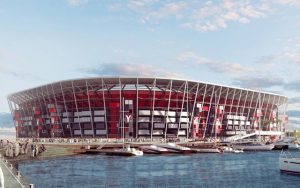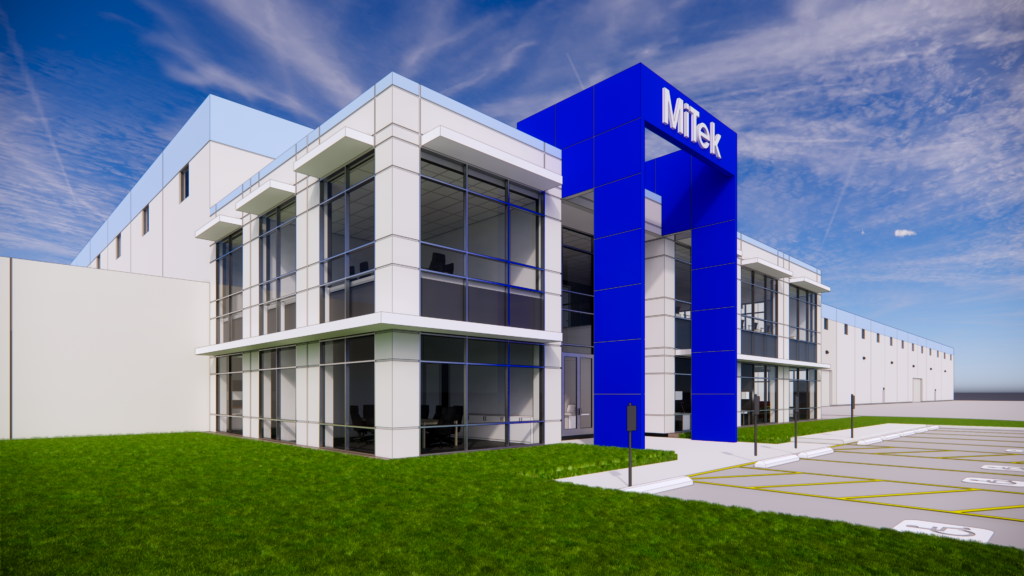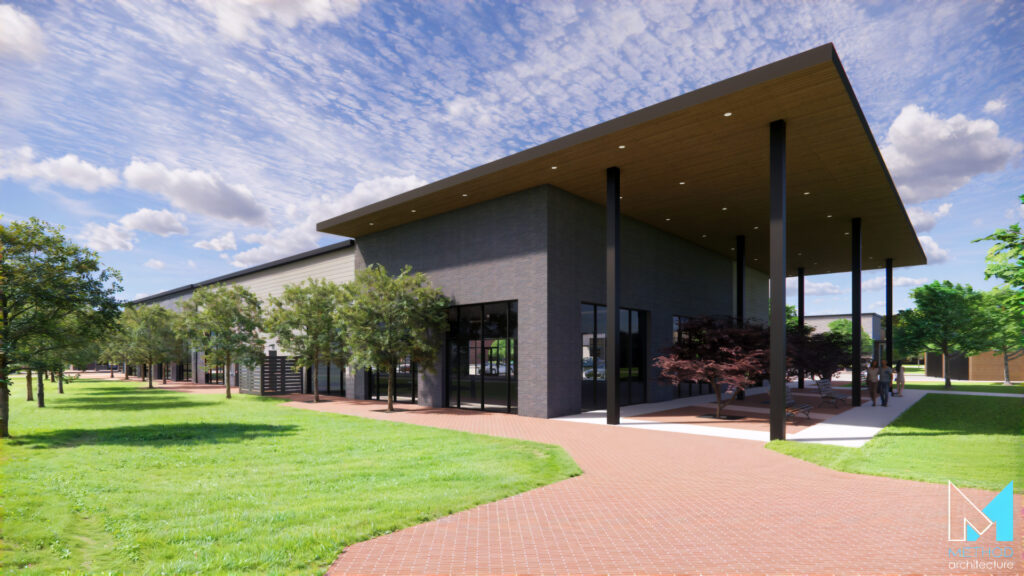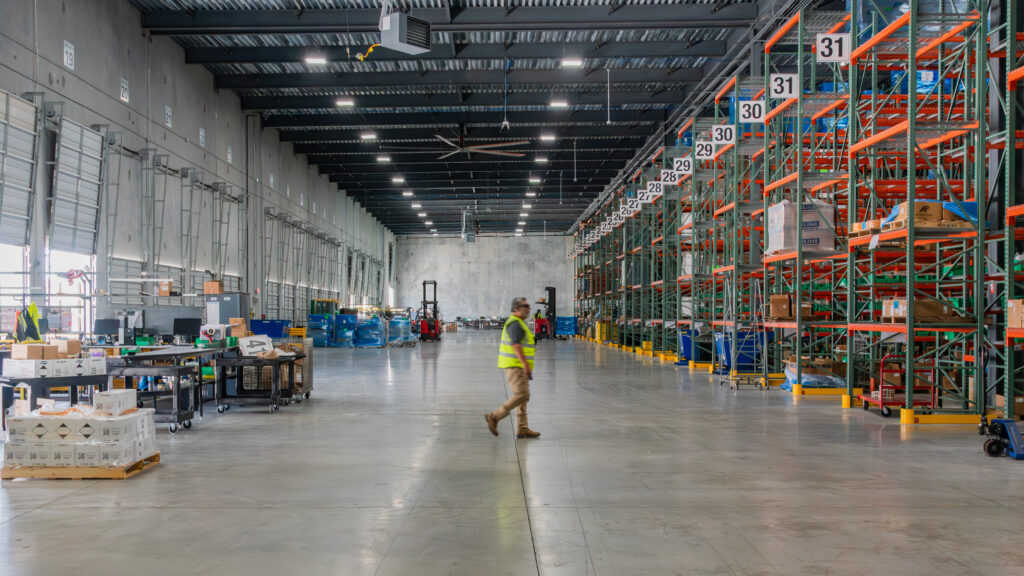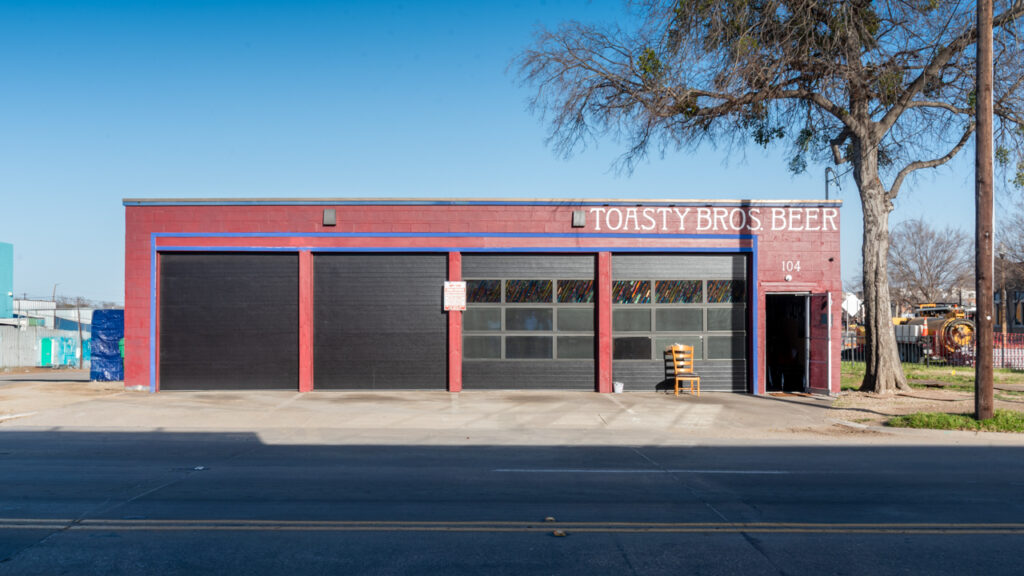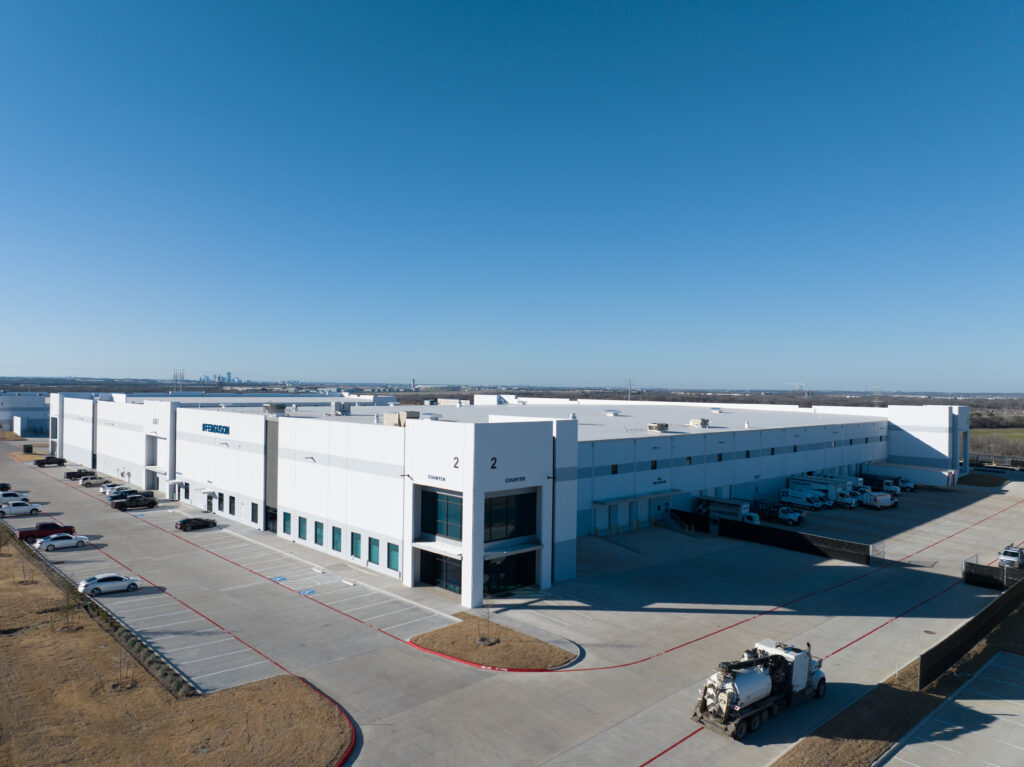With the World Cup currently going on and returning to North America in 2026, we decided to dive into the history and architecture of different stadiums used for the FIFA World Cup.
Estadio Centanario – Uruguay
For the first World Cup in 1930, Estadio Centanario in Montevideo, Uruguay, was the first stadium to host the game and built in record time of 9 months. The stadium was built specifically to serve as the centerpiece venue and was designed by architects Juan Antonio Scasso and José Domato. Throughout the years the stadium was enlarged, and additional tiers were added. A football museum was also opened beneath the tribunes of the stadium.
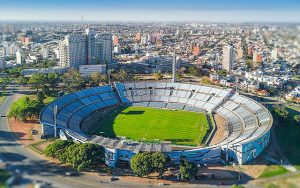
Maracanã – Brazil
Maracanã, officially called Estádio Mário Filho, was built to serve as the flagship venue for the 1950 World Cup and was meant to become the biggest football stadium in the world. Since Brazil was awarded to host the 2014 World Cup as well, Maracanã went through major renovations during 2013. An additional bottom tier and an installation of a new roof was implemented into the stadium. The original concrete columns were used to support the new lightweight roof structure. The new roof features one compression ring and three tension rings made of high-performance materials and facilitates an almost floating roof. With the renovations, Maracanã was not significantly changed but transformed while still showing off the original architecture.
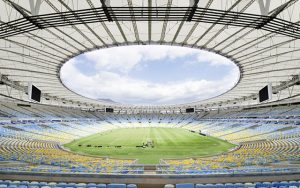
Wembley Stadium – England
The original Wembley Stadium was a masterpiece and well known for eighty years until the stadium was destroyed and reinvented in 2007 for a new century. The original Wembley Stadium was built in 1923 and was host to numerous events including the London Olympics in 1948 and the World Cup during 1966. If you’re visiting Wembley Stadium to watch an event, you could even book a stay in a Holiday Inn near Wembley Stadium.The most distinctive parts of the stadium were its white twin towers and the 39 steps to the Royal Box that the players had to climb after a final to receive their trophy. The two white towers were an iconic symbol of English football and caused major controversy when they were demolished in 2003 to make way for the new Wembley Stadium.
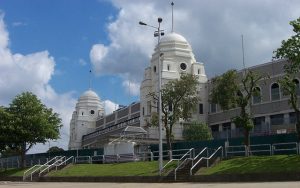
Estadio Azteca – Mexico
Estadio Azteca in Mexico City, Mexico is a stadium that goes down in history. It is the largest stadium in the country and is the national stadium for Mexico’s team. The stadium played a part in both 1970 World Cup “Game of the Century” and 1983 World Cup “Goal of the Century”. It was completed in 1966 with architects Pedro Ramirez and Rafael Mijares. Renovations and improvements on the stadium began in 2015 with first phase of new hospitality area with dining and banqueting spaces and second phase of a new media box and private skyboxes.

Westfalenstadion – Germany
Westfalenstadion, or Signal Iduna Park, in Dortmund, North Rhine-Westphalia, Germany was designed by architect Planungsgruppe Drahtler. After concerns of safety standards, the stadium went under renovations between 1978 to 1981 which helped set the standards for rest of Europe. The renovations included best sightlines possible with covered stands, shortest pitch-stands distance, limit the number of pillars obstructing views, and increase the number of gates, stairs and passageways to ensure easy flow. Since then, numerous expansions for the stadium have taken place to raise the seating capacity.

Camp Nou – Spain
Camp Nou or New Field in Spain, was the opening game stadium for the 1982 FIFA World Cup. It is the largest stadium in Europe with a seating capacity of 99,354. Construction began in 1954 with architects Francesc Mitjans and Josep Soteras, and the collaboration of Lorenzo García-Barbón after there was a need for a much larger stadium. With the anticipation of the World Cup in 1982, renovations and expansions began during 1980. Boxes, VIP lounges, new press area, new markers and a third tier of seats were added on. Currently, plans are underway for another renovation to add canopy over the stands and expand it into an even larger stadium.
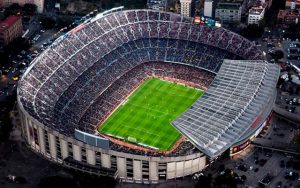
Sangam Stadium – South Korea
The Seoul World Cup Stadium or also known as Sangam Stadium, was opened in 2001 and built specifically for the 2002 FIFA World Cup. The design exhibits its Korean Roots with the roof representing the image of a traditional Korean kite. The roof is made of clad with fiberglass fabric and polycarbonate glazing to copy the look of hanji, a traditional Korean paper. At night, light streams through the roof creating the look of a traditional Korean paper lamp.

FNB Stadium – South Africa
FNB Stadium, also known as Soccer City, located in Nasrec, South Africa opened in 1989 and was the venue for the 2010 FIFA World Cup Final. For the World Cup, the stadium underwent a massive renovation with the help of Boogertman + Partners. The design for the stadium is a unique one and is the reason it is referred to as the “Calabash” or “African Pot”. The outside design of the stadium has cladding with the mosaics. The mosaic is reminiscent of the African Pot with fire and earthen colors with rings of light around the bottom of the structure which simulates fire underneath the pot.
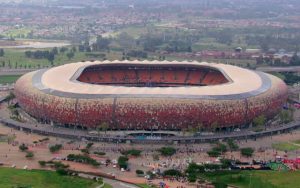
Samara Arena – Russia
Samara, Russia was once home to the Soviet Space Program which is what influenced the Samara Arena or also known as Cosmos Arena. The stadium was built for the purpose of the 2018 FIFA World Cup. It was designed by TerrNIIgrazhdanproekt with a total capacity of 44,918 spectators. This unusual stadium is covered with translucent panels with the main architecture featuring being the large metal dome inspired by space exploration. A light, metallic hi-tech basic structure of weight-bearing supports completely covers the seats and the stands are heated as well!

Ras Abu Aboud Stadium – Qatar
For the FIFA World Cup in 2022 in Qatar, there are numerous stadiums that are currently in planning that will have amazing features of architecture. One of these stadiums, Ras Abu Aboud Stadium, is the more sustainable option mainly built of shipping containers. Shipping containers are quickly becoming a popular construction option for companies who are interested in creating reusable spaces for their business, with many of them looking to companies similar to Conexwest (with their 40′ storage containers for sale) and other shipping container providers to help with any construction dilemma. The largest issue for the World Cup and the Olympics is abandoned and crumbling arenas and stadiums. To avoid this problem, designers Fenwick Iribarren, Schlaich Bergermann Partner and Hilson Moran introduced the shipping containers idea to allow for disassembly and reconstruction. Since shipping containers are so cost-effective, and many companies offer them as alternatives to commercial property similar to this shipping container office for sale, it was an ideal option for the stadium. It will be built of modular building blocks ahead of on-site assembly which will result in less waste and reduced carbon footprint.
